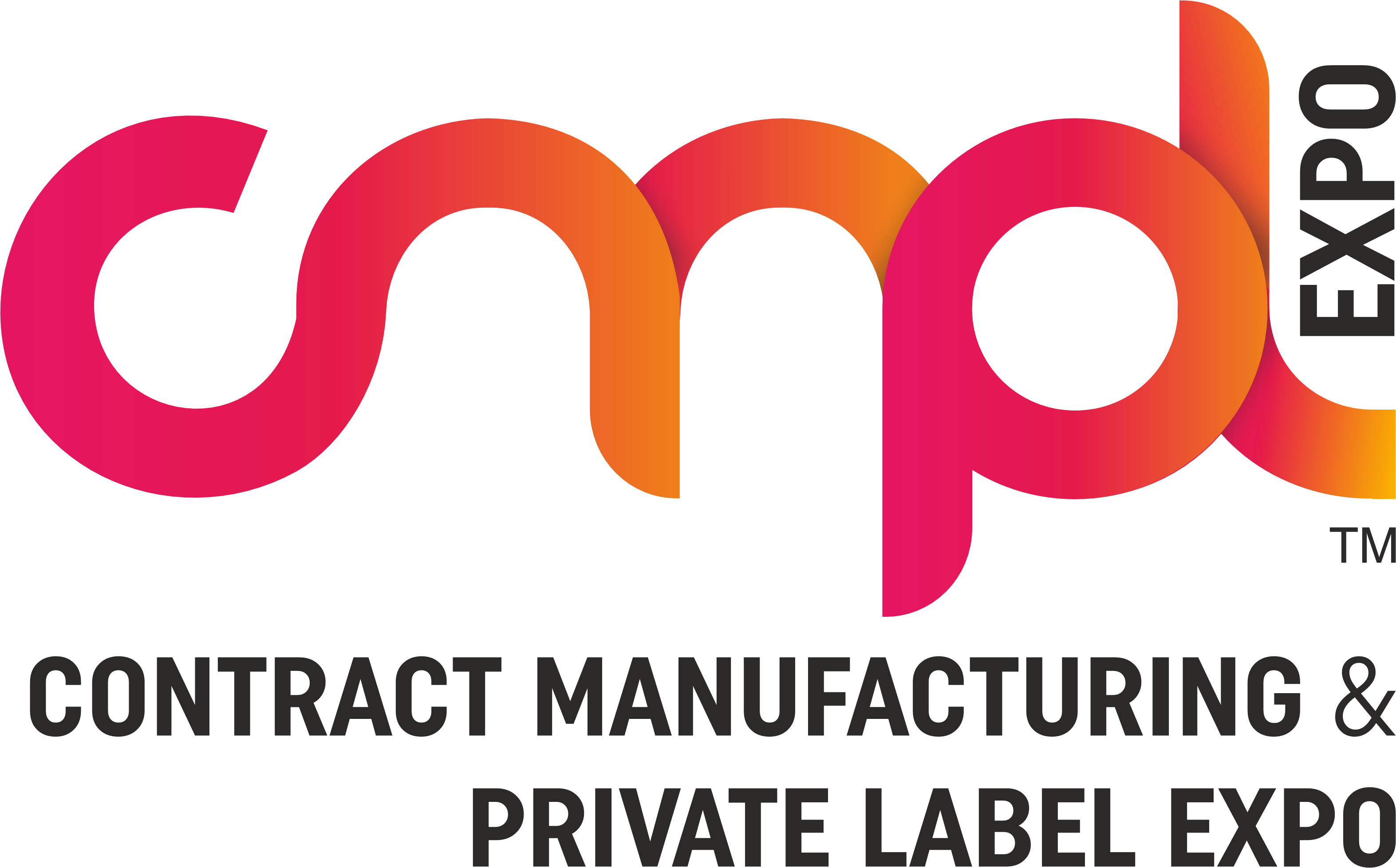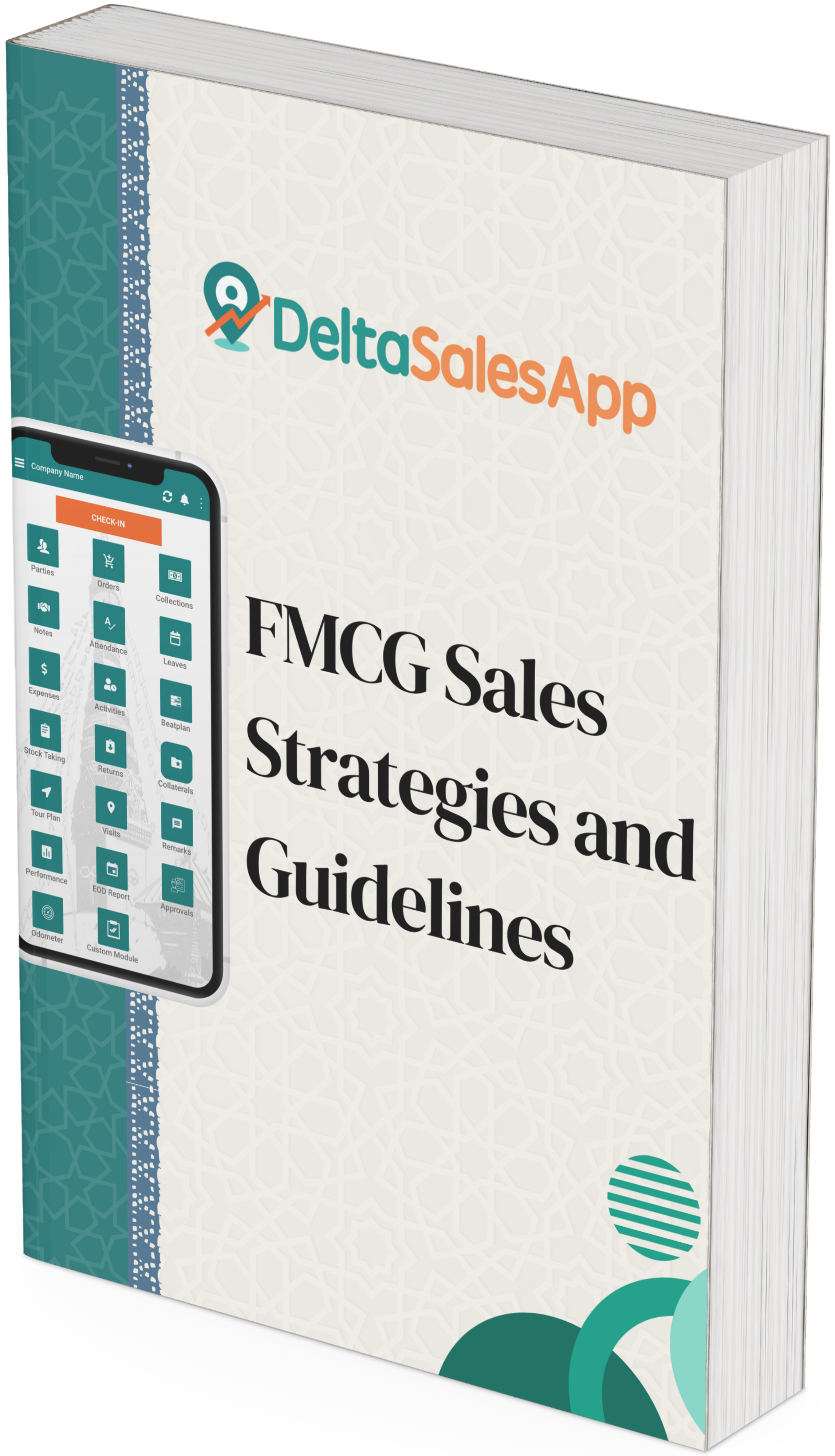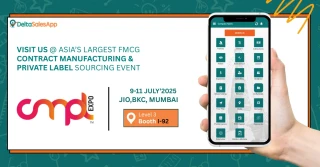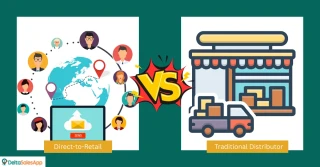Streamline Field Sales with CRM & OMS Integration
_1745404689.png)
In today’s competitive sales landscape, businesses must move faster, sell smarter, and serve customers better — all while managing increasingly complex operations. For companies with field sales teams, disconnected systems can slow down progress and create frustrating inefficiencies.
That’s where integrating your Customer Relationship Management (CRM) and Order Management System (OMS) becomes a game-changer.
When your CRM and OMS are connected, you eliminate silos between your sales, operations, and fulfillment teams. You empower reps in the field with real-time access to customer data, inventory availability, and order status — helping them work smarter and serve customers with confidence.
What Is CRM & OMS Integration?
A CRM system stores everything about your customers — interactions, purchase history, preferences, and sales opportunities. An OMS, on the other hand, handles the processing of orders, tracking inventory, managing returns, and ensuring timely delivery.
By integrating these two systems, you allow them to “talk” to each other in real time. That means no more re-entering order details, switching between platforms, or calling the warehouse for updates. The result? A more streamlined, accurate, and agile field sales process.
Key Benefits of CRM and OMS Integration
1. Eliminate Double Data Entry
All customer and order information is synced automatically between systems. Field reps no longer waste time re-entering the same data twice, which reduces errors and saves hours each week.
2. Accelerate Order Processing
Sales reps can place orders on the go through their mobile device. Orders are sent directly from the CRM to the OMS for immediate fulfillment — no follow-up needed.
3. Improve Inventory Visibility
Real-time stock data prevents reps from overpromising to customers. They can instantly check product availability and give accurate delivery timelines during store visits.
4. Enable Personalized Selling
Access to customer history, purchase behavior, and preferences from the CRM allows reps to tailor offers and increase conversions.
5. Simplify Returns and Replacements
Returns can be processed directly from the field. The OMS updates inventory and financial records automatically, minimizing delays and confusion.
CRM & OMS Integration in Action: Before vs. After
To show the difference this integration can make, here’s a side-by-side comparison of a field sales process before and after CRM and OMS integration:
Workflow Step | Before Integration | After Integration |
Order Capture | Manual notes taken during the visit | Orders placed instantly via mobile CRM app |
Inventory Check | Reps call warehouse to check stock | Real-time inventory shown within app |
Data Entry | Customer and order data manually re-entered later | Data synced across CRM and OMS automatically |
Fulfillment Communication | Sales rep contacts operations team to follow up on delivery | OMS receives the order instantly and starts processing |
Customer Interaction | Limited access to customer history or previous orders | Full profile and sales history available in the CRM |
Returns & Replacements | Reps call HQ or wait until office hours to initiate returns | Returns processed instantly via mobile and reflected in the OMS |
Reporting & Visibility | Reports sent via email or filled manually at day’s end | Real-time dashboards with GPS check-ins, task updates, and order status tracking |
Optimizing Field Sales Workflow Through Automation
Field sales teams managing multiple territories, accounts, and product lines need more than spreadsheets to stay competitive. CRM and OMS integration helps automate and optimize workflows such as:
Auto-assigning store visits based on stock levels, territory, or visit frequency
Tracking rep activity using geolocation, task check-ins, and visit summaries
Monitoring order performance and customer engagement through live dashboards
Triggering alerts when stock hits reorder thresholds or delivery delays occur
Best Practices for Integrating CRM & OMS
To make integration successful, follow these proven steps:
1. Evaluate Your Tech Stack
Check if your CRM and OMS are cloud-based, API-enabled, and mobile-ready. Avoid systems that require extensive manual workarounds.
2. Define Integration Goals
Are you trying to reduce delays, improve customer experience, or shorten the sales cycle? Clear goals shape the right data flows and system priorities.
3. Choose Scalable Integration Tools
Look for middleware or integration platforms that offer scalability, customization, and support across mobile devices.
4. Train Your Field Teams
Even the best systems fail without proper onboarding. Provide hands-on training, FAQs, and support to get your reps up and running quickly.
5. Continuously Monitor & Optimize
Integration isn’t set-it-and-forget-it. Review data quality, system speed, and feedback regularly to refine workflows and maximize ROI.
Why CRM + OMS Integration Matters More Than Ever
In today’s customer-driven economy, speed and experience are the ultimate differentiators. If your sales rep can’t check stock, process an order, or respond to a customer request in real time, the customer may go elsewhere.
Integrating CRM and OMS gives your field team everything they need — at their fingertips:
Faster order turnaround
Happier, more informed customers
Greater sales productivity
Better coordination between departments
Improved accuracy in forecasting and reporting
Final Thoughts
CRM and OMS integration isn’t just a back-end upgrade — it’s a frontline sales advantage. It bridges the gap between selling and delivering, empowering your reps to focus on building relationships and closing deals instead of chasing data or approvals.
Whether you're scaling an FMCG operation, expanding your salesforce, or improving delivery performance, this integration can:
Shorten sales cycles
Eliminate costly errors
Create a seamless experience from field to warehouse
And ultimately, boost your revenue and customer loyalty
The future of field sales is agile, data-driven, and connected — and CRM & OMS integration is at the heart of it.









